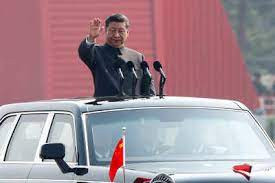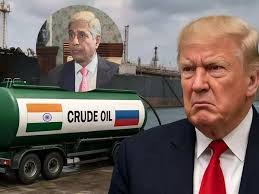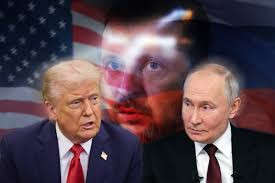Pause and Reinstatement: The Uncertain Future of Trump’s Disruptive Trade Agenda

IIE DIGITAL DESK : Just days ago, a U.S. federal court delivered a blow to former President Donald Trump’s hallmark trade policy by striking down key tariffs imposed on Chinese imports. But within 24 hours, an appeals court revived those tariffs — at least temporarily — by issuing a stay on the lower court’s decision. This legal whiplash has not only thrown U.S. businesses into confusion but also raised critical questions about the sustainability and future of Trump’s hardline trade agenda.
When Donald Trump launched his tariff-driven offensive against China in 2018, it marked a seismic shift in America’s global trade strategy. Frustrated with decades of what he called "unfair trade practices" by Beijing, Trump used Section 301 of the Trade Act of 1974 to levy tariffs on hundreds of billions of dollars’ worth of Chinese goods. His goal was to pressure China into changing its policies on intellectual property theft, forced technology transfers, and trade imbalances. While the tariffs drew strong criticism from economists and business leaders, they became a defining feature of Trump's “America First” economic platform.
Fast forward to 2025, and Trump’s trade legacy still hangs in the balance. Earlier this week, the U.S. Court of International Trade (CIT) ruled that the Office of the United States Trade Representative (USTR) had failed to adequately justify the third and fourth rounds of tariffs, known as Lists 3 and 4A. These lists covered nearly $200 billion in consumer and industrial goods, including electronics, furniture, and clothing. The CIT's ruling offered a moment of relief for U.S. importers, who have long argued that these tariffs increased costs and disrupted global supply chains.
However, that reprieve was short-lived. The U.S. Court of Appeals for the Federal Circuit granted the government’s emergency request to halt the lower court’s decision while it appeals the ruling. The stay means the tariffs will continue to be enforced for the time being, leaving importers — and policymakers — in a familiar limbo.
The courts are now actively shaping the future of U.S. trade policy — a domain that had long been dominated by the executive branch. The legal challenge brought by American importers, and the courts' responsiveness to their arguments, underscores a growing judicial willingness to scrutinize trade decisions, especially those made without adequate procedural transparency.
The Biden administration’s own trade policy has so far shown little interest in rolling back Trump-era tariffs, signaling a bipartisan consensus that China must be confronted — though perhaps with different tactics. While President Biden has criticized Trump’s go-it-alone approach, his team has largely maintained the tariffs, citing the need to defend American industries and workers.
Economists warn that the continued uncertainty is damaging for businesses. "For companies trying to plan global supply chains, this kind of legal back-and-forth is deeply disruptive," said Mary Lovely, a senior fellow at the Peterson Institute for International Economics. “You can’t make long-term investment decisions when you don’t know what trade rules will apply next month.”
Trump himself, now the presumptive Republican nominee for 2024, has doubled down on his trade-first rhetoric, even proposing a universal 10% tariff on all imports if re-elected. That promise has drawn both support from protectionist voters and fierce opposition from free-trade advocates and economists who argue such a policy could trigger inflation and provoke retaliatory measures from allies.
Trump’s trade strategy stands at a crossroads. It has clearly left a lasting imprint on U.S. policy — influencing not just his successors but also the broader geopolitical tone between Washington and Beijing. Whether that legacy will endure or unravel may ultimately be decided not in Congress or the White House, but in the courtroom.
You might also like!
















